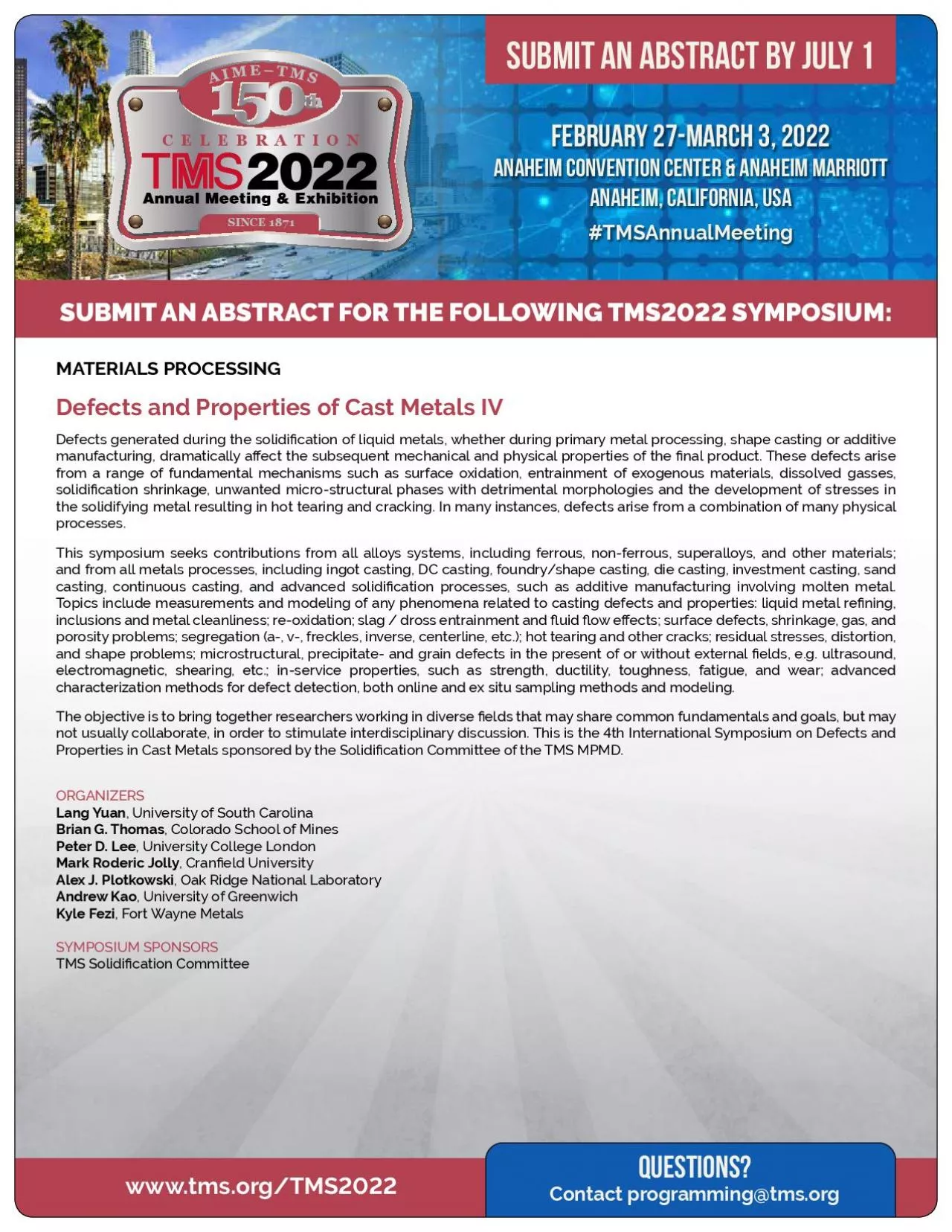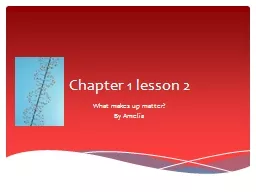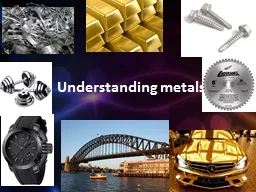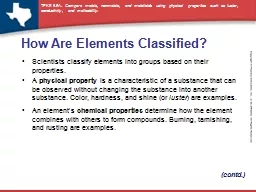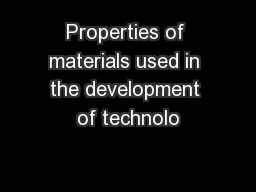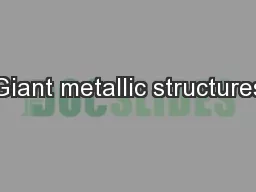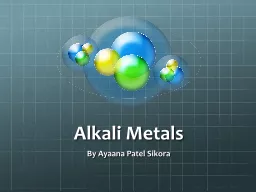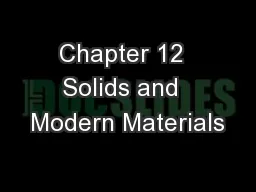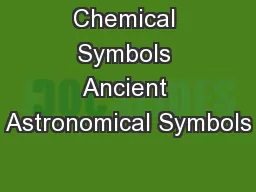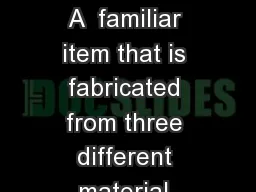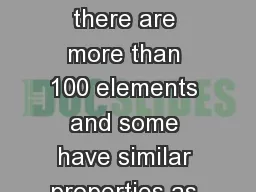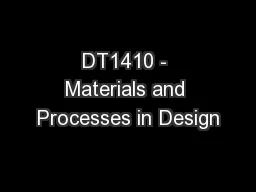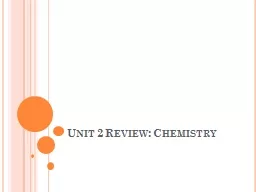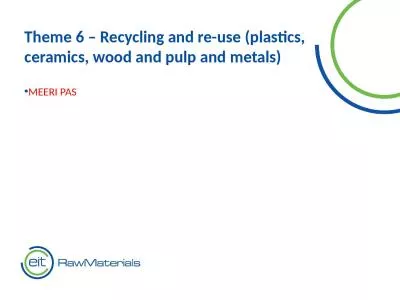PDF-MATERIALS PROCESSINGDefects and Properties of Cast Metals IVDefects ge
Author : smith | Published Date : 2021-07-07
February 27March 3 2022TMSAnnualMeeting Submit an Abstract by July 1 SUBMIT AN ABSTRACT FOR THE FOLLOWING TMS2022 SYMPOSIUM SINCE 1871 CELEBRATION Contact programmingtmsorgwwwLmsorgFMS2022
Presentation Embed Code
Download Presentation
Download Presentation The PPT/PDF document "MATERIALS PROCESSINGDefects and Properti..." is the property of its rightful owner. Permission is granted to download and print the materials on this website for personal, non-commercial use only, and to display it on your personal computer provided you do not modify the materials and that you retain all copyright notices contained in the materials. By downloading content from our website, you accept the terms of this agreement.
MATERIALS PROCESSINGDefects and Properties of Cast Metals IVDefects ge: Transcript
Download Rules Of Document
"MATERIALS PROCESSINGDefects and Properties of Cast Metals IVDefects ge"The content belongs to its owner. You may download and print it for personal use, without modification, and keep all copyright notices. By downloading, you agree to these terms.
Related Documents

